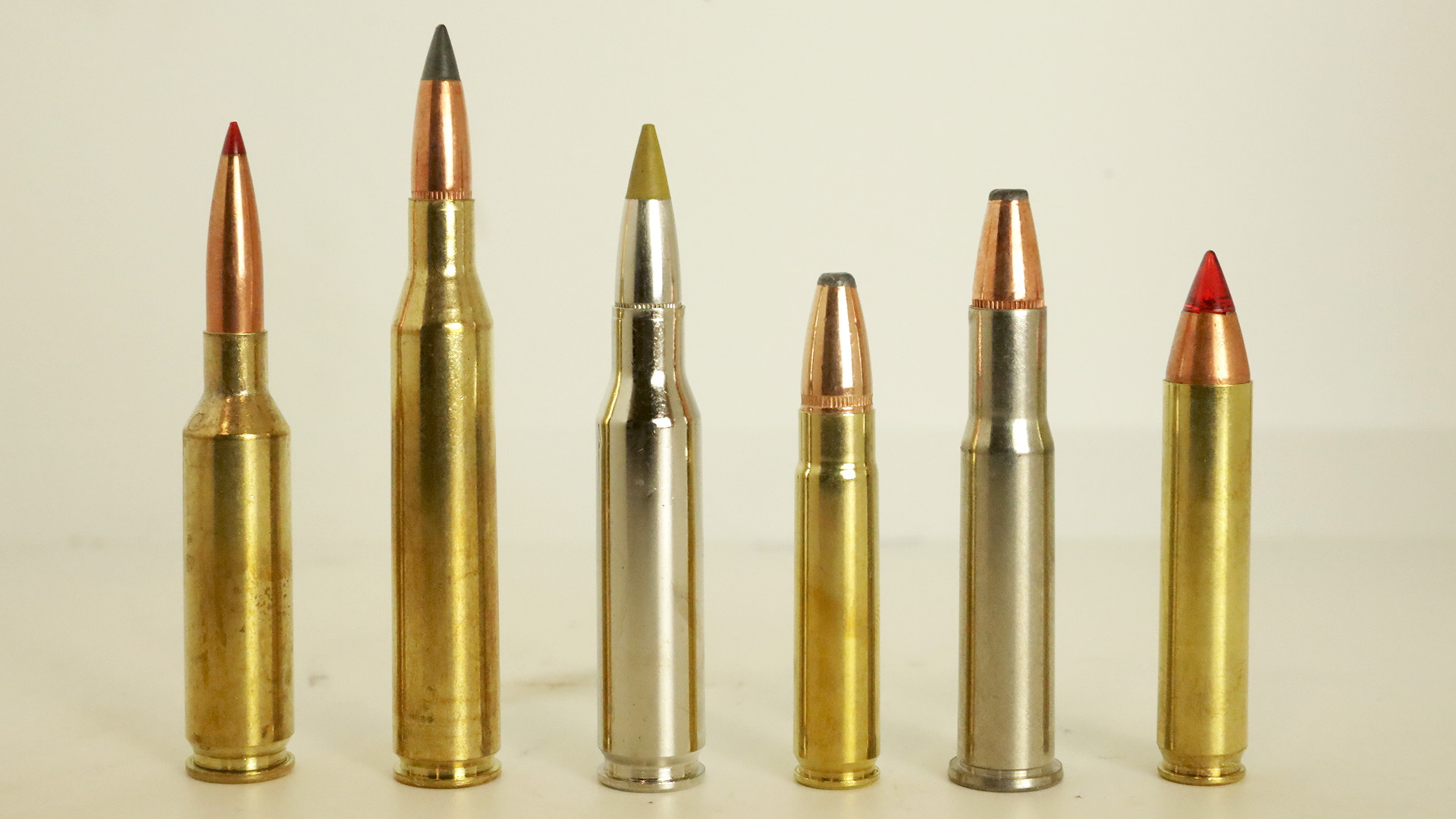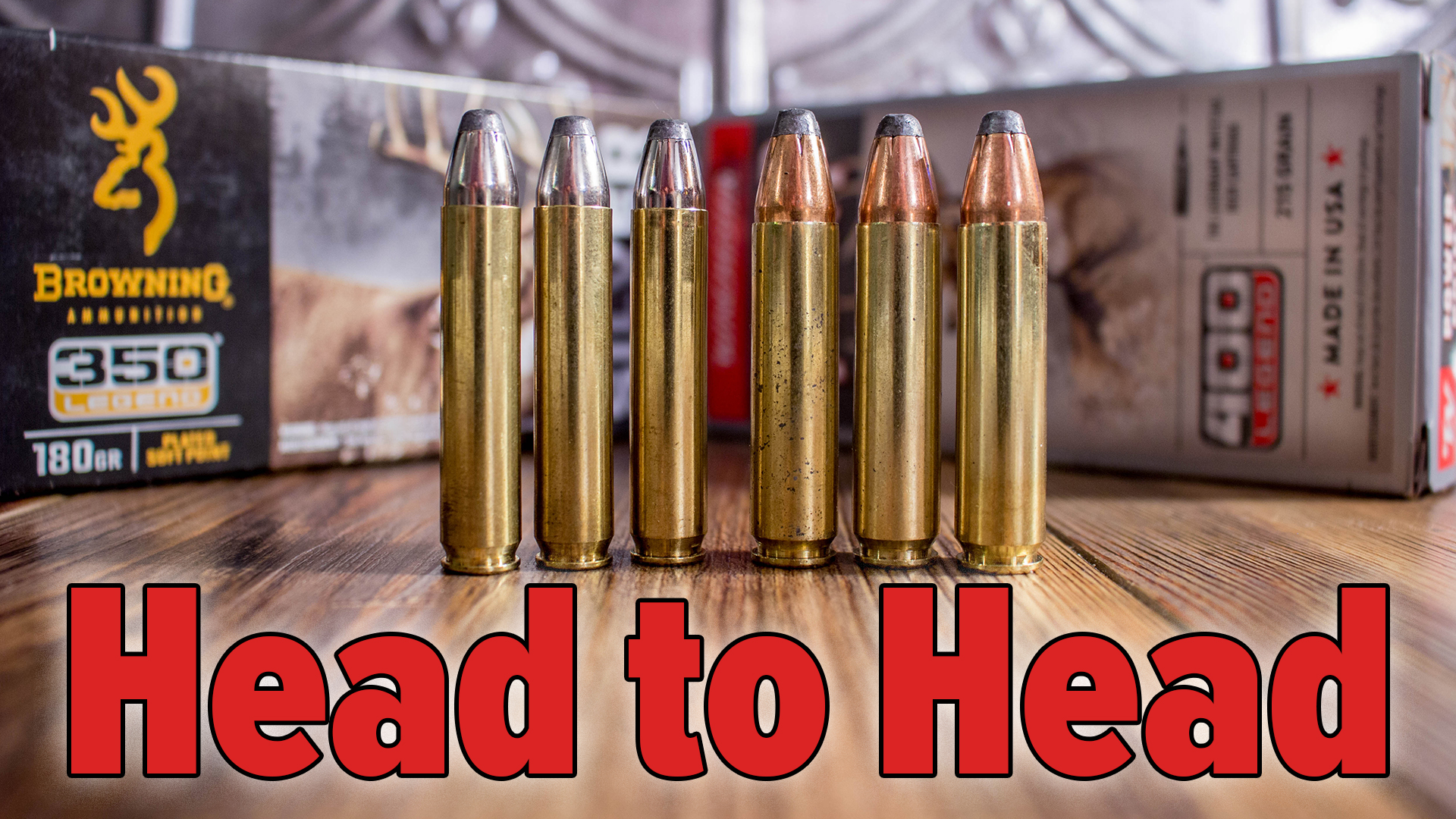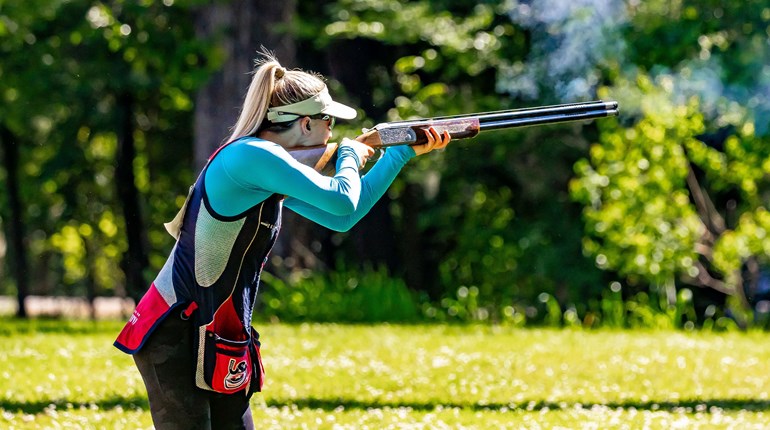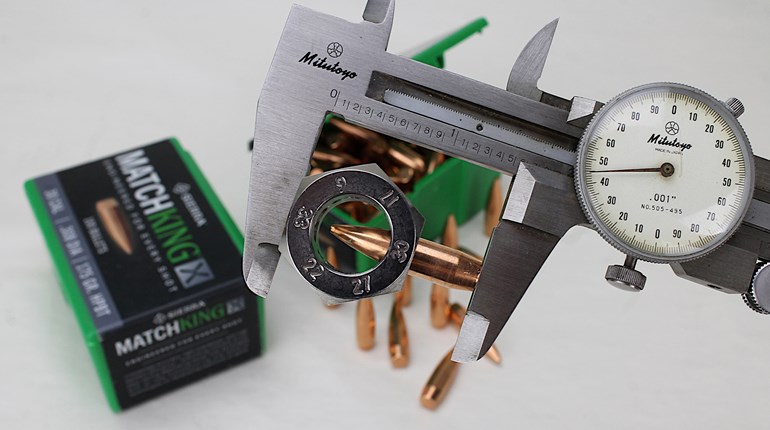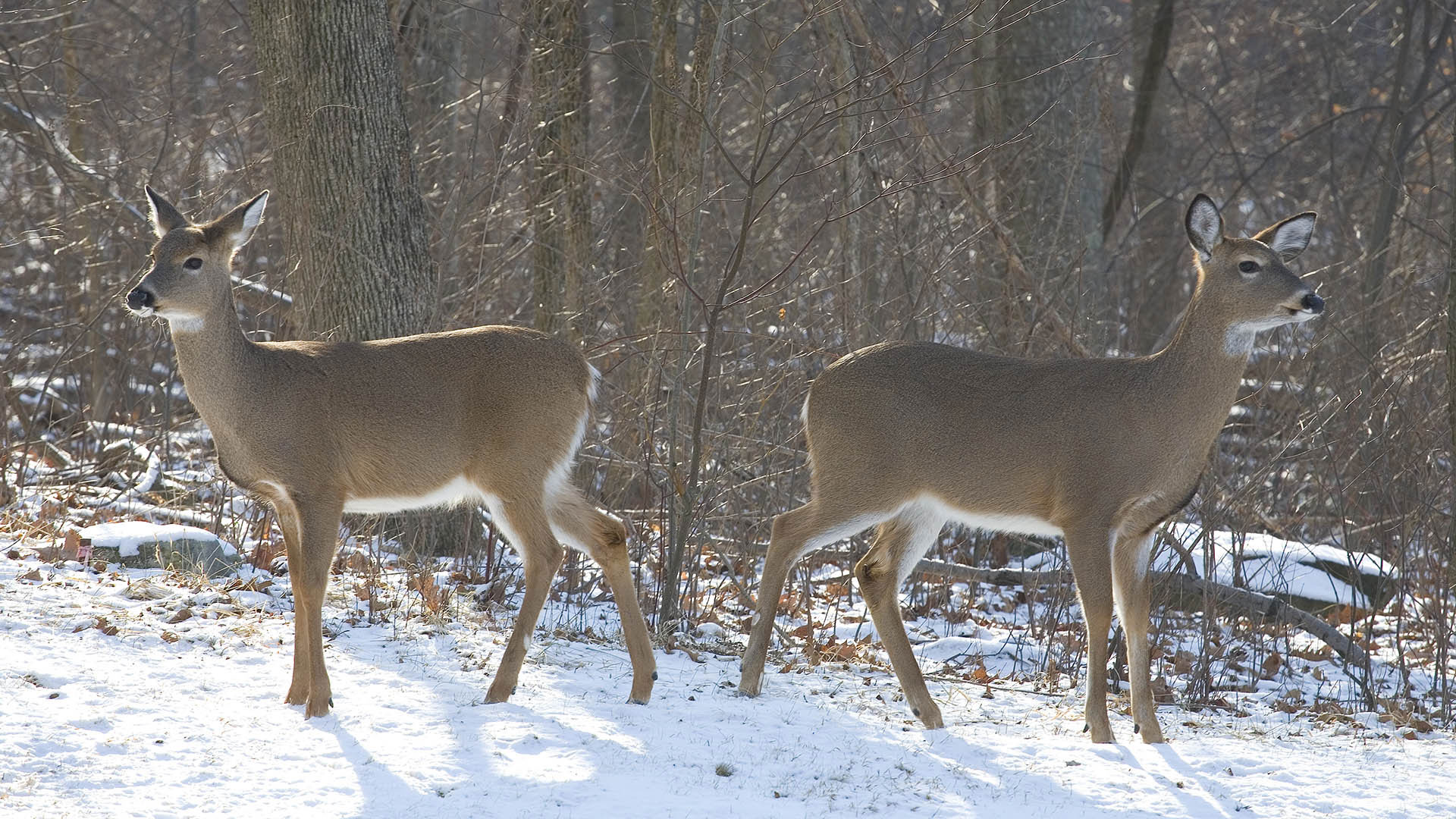
In the spirit of full disclosure, this is one of those articles that, like a well-intentioned parent, says, “Do what I say, and not what I do,” or more specifically “not what I’ve done before.” Each of the following preseason blunders has been committed by yours truly. From this personal experience, I’ve also learned that to commit these blunders is to put yourself at a serious disadvantage before you’ve even stepped from your house, cabin, camper or tent on that first hopeful morning of hunting season. And none of us need anything to diminish the hope and enthusiasm that we’ll require to carry us the distance through what should be the best season of our lives. Here’s what not to do.
1. Insufficient Bow Practice
More than any other tool used by hunters to take down game, the bow requires the most practice and effort to perfect. The form and execution of a proper draw and release is like a golf swing. It has a number of points where one wrong movement can change a shot from a solid kill to one that merely wounds an unrecoverable animal. But it takes more than just picking up a bow a few weeks before the season and going, “Okay, I can hit my target most of the time.” The problem is, in that short amount of time, your body doesn’t build up the strength it needs to draw and hold a bow for extended periods. You don’t develop the muscle memory needed to make your draw and release the same fluid precision movement with every shot and, for that matter, the arrows are not likely grouping as tightly as they need to be for delivering reliable kill shots. You only get one shot in most bowhunting situations. To be the efficient, it takes practice year round to develop those skills.
Just as importantly, it’s critical to practice at increasingly longer distances. “I’m not going to shoot more than 25 or 30 yards,” you say. That’s fine, but if that’s the case, you still need to practice shots out to 40 and even 50 yards. Today’s bows are capable of long range hits, and if you can nail the bullseye of a bow target at 50 yards every time, shots at a live animal standing 25 yards away will be a chip shot rather than one at a trophy lingering at the edge of your effective range.
2. Failure to Check Regulations
If you’re hunting out of state, this is especially critical. Regulations vary and booklets and websites are generally not as organized as they could be. In fact, truth be told, game laws can be more confusing than the tax code. If hunting with a friend or outfitter, double check with them to make sure you have proper tags and permits. And just because you are hunting in your home state, don’t forget to double check the regs before the season starts as well. Game departments frequently change dates and rules to better meet management objectives. These changes can work as much to your advantage as it can keep you out of unintended trouble, as sometimes bag limits or shooting restrictions are eased.
3. Don’t Bother to Practice Shooting
Notice I didn’t say sight-in. While you should sight your rifle in before the season begins, that’s not enough. You need to shoot your rifle and practice with it to be sure you are proficient. I can’t tell you how many guys I’ve seen go to the range, run two or three rounds or shells through their rifle or shotgun, and go, “Yep, I’m good,” and then promptly go out the first week of the season and miss an animal only to wonder what could’ve possible gone wrong.
It’s simple: They were unpracticed. While shooting a gun well enough to take down an animal doesn’t generally require the incessant practice a bow requires, animals move, there are sometimes limbs or trees between you, and your target and the excitement of taking aim at a trophy animal can disrupt your normal shooting form and thought processes. There’s a reason soldiers, police officers and competitive shooters practice. It’s because it makes them better. As a serious hunter, you should too.
4. Put Off Organizing Gear
If you just dumped your gear in a pile at the end of last season and haven’t gone through it before the season starts, odds are something is going to turn up missing or broken. Batteries die in GPS units and flashlights, calls get affected by moisture or sitting in the sun, things simply get misplaced. Don’t wait until the night or two before a hunt to start figuring out where everything is or what might need to be replaced. By then, it might be too late to do anything about it, meaning you’ll go without an important piece of gear on those first precious days of the season. Sporting goods stores are also more slammed and often have empty shelves of items as the season opens as well, because that’s when everyone else remembered they needed to gear up, too. Don’t be that guy fighting the crush at the store when you should be on a stand or in a blind.
5. Don’t Check Your Stands
Mice, squirrels and storms can wreak havoc on the straps and other components of a treestand. Last deer season, I made my way deep into the swamp on our property to sit on a stand I had failed to check before the season because it was so deep in and I was lazy. When I got to it, the strap had rotted out, making the stand loose. I spent that hunt sitting on the ground where I could see about half of what I might have been able to from the air. Check any stand you left up throughout the off season and make sure it’s still sturdy and safe to sit in. Do yourself a real favor and pull them all at the end of the season and then take a day or two before the next season putting them back up. You’ll extend the life of your stands by years.
6. Inadequately Scout Property
It may be the same property you’ve hunted your entire life, but you still need to thoroughly walk it at least a month or more before hunting season begins. Trees fall, altering game travel routes through the forest, swamps and bottoms flood hindering your own passage, favorite duck ponds dry up or there can be drastic changes to traditional natural food sources. Without this intel, you could waste your time hunting a spot that used to produce, but maybe won’t this year.
7. Delay Buying a License
The ability to buy most licenses online has lessened this concern, but still, things do happen. I’m endlessly amazed at the guys lined up at the counter to buy a license the night before a season opens. Avoid the hassle and get yours as early as possible. It won’t go bad.
8. Remain a Couch Potato
As I get older I see this more and more in friends and older relatives who have done nothing to stay in even remotely decent shape and now they have trouble getting to their favorite stands, can’t get into boats, need to hunt from an ATV or truck and can’t drag a deer from the woods. If you do nothing else, the day after reading this, start taking a walk every evening after dinner, building up to longer distances and maybe even throwing weight in a pack as you do your hike. To do it right, develop a more solid workout routine and diet and then stick to it. It will not only make the physical aspects of hunting much easier to manage, it will make your days afield much more enjoyable. Heck, it may even add a few more hunting seasons to your life, which is a good thing.




